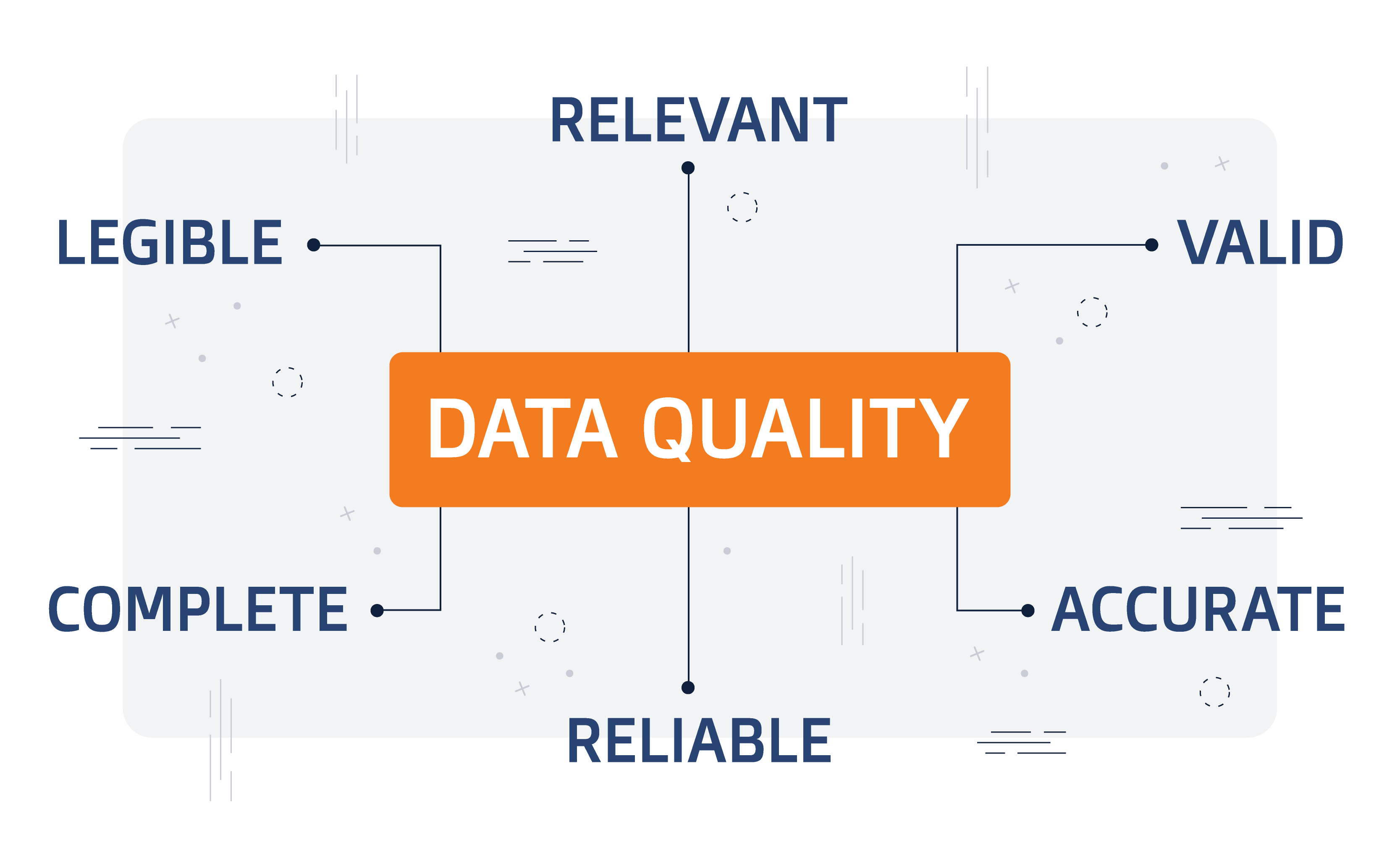
While more and more companies are developing ambitious plans for new artificial intelligence (AI) initiatives, their hopes and dreams can often be delayed due to poor data quality.
When companies face data quality issues, they’re forced to halt their AI rollout and shift resources to attend to their data. In doing so, organizations often burn through the funds allocated for AI.
Traditionally, to help provide data quality and enterprise data management, organizations have looked to a patchwork of tools for discovering, extracting, cleansing, transforming, loading, documenting and managing data.
At the same time, companies are facing the proliferation of data sources and data volume, combined with different data needs for business users, data and business analysts, and data scientists. This scenario has also created a significant challenge on its own for IT departments and those charged with preparing data for AI, BI and analytics.
TimeXtender provides an orderly way to address these challenges.
To fully recognize how TimeXtender enhances data quality and subsequently, data preparation for AI programs, it’s important to understand how our high-performance data management platform is designed.
The Operational Data Exchange (ODX) connects to all data sources leading to the gathering of data in its raw form, without any data manipulation or cleansing. The strength in this approach is the ability to connect to ever-growing and ever-changing data from sources. This results in all the data residing in one place, with all users using one source to access raw data.
The other layer is the Modern Data Warehouse (MDW). In the MDW, data is improved, enriched and consolidated. Data quality issues can be resolved one time. Similar data from different systems can be rationalized to create golden records. The MDW also preserves historical data – essential, as data and source systems change over time.
The third component of TimeXtender is the semantic model. With TimeXtender, semantic models, governed models are defined once to deliver data in the right form and context to any visualization tool, including Power BI, Tableau and Qlik. This makes it easier for users to understand the data they work with. Because there is a shared data model, all users see the same data regardless of the visualization tool used.
Furthermore, with TimeXtender, companies can move from a patchwork of tools to a complete data management platform. By eliminating disparate tools for cataloging, modeling, moving and documenting data, the creation and management of data architectures and infrastructures are significantly simplified. For these reasons, many customers report back that they experience a 70% reduction in build costs and an 80% reduction in maintenance costs.
And since TimeXtender automates data movement and automatically generates required code, customers can accelerate time to insights by 10x. All this time savings, automation and simplification means that data infrastructure builders can focus their attention on data quality requirements.
In the end, by using TimeXtender, businesses are left with a fully operational environment, with data quality intact, ready and prepared for AI. And better yet, you can achieve this objective without disrupting your AI budget.
To learn more about this subject, you can read what Donald Farmer had to say about delivering data for AI.

